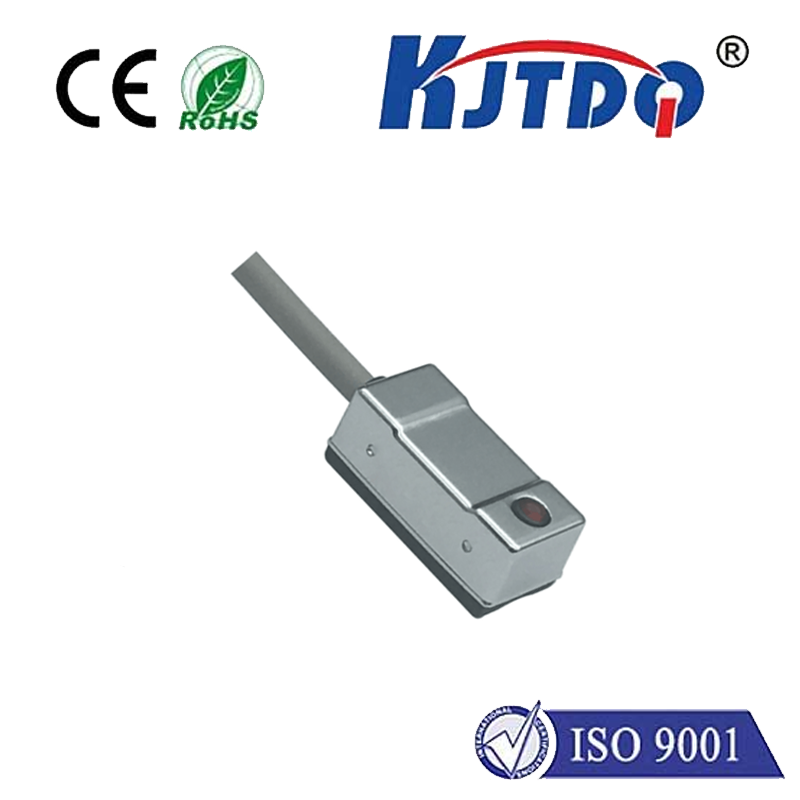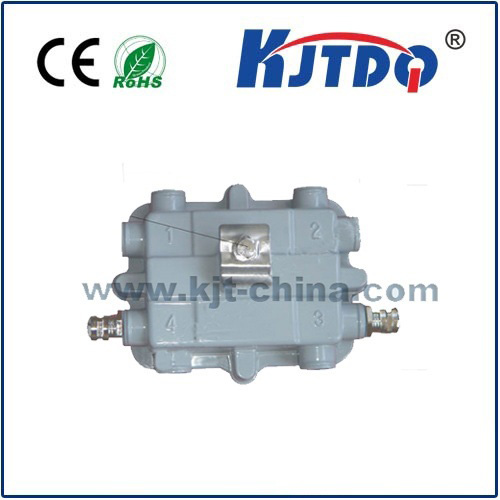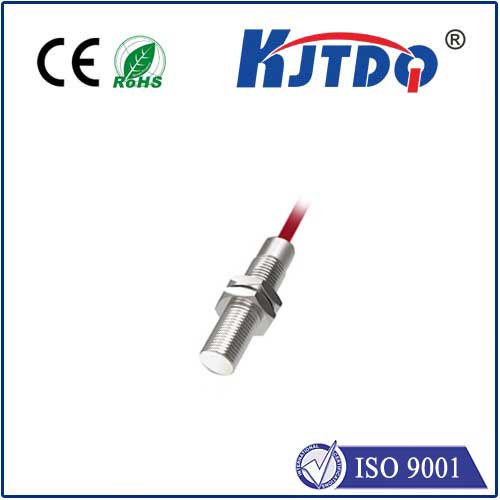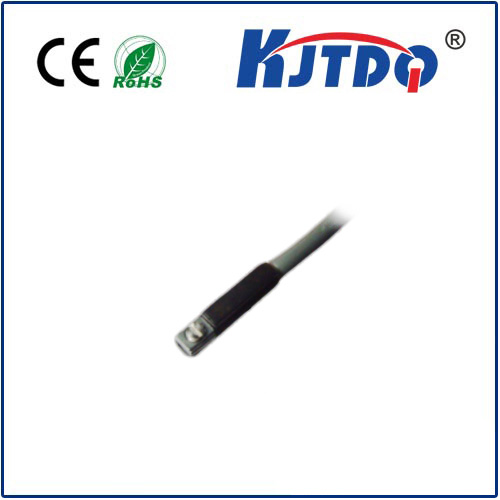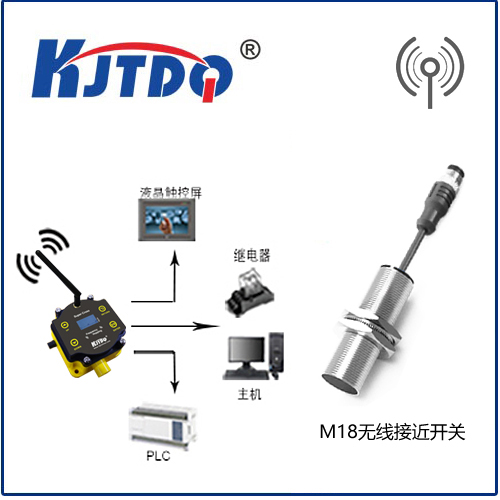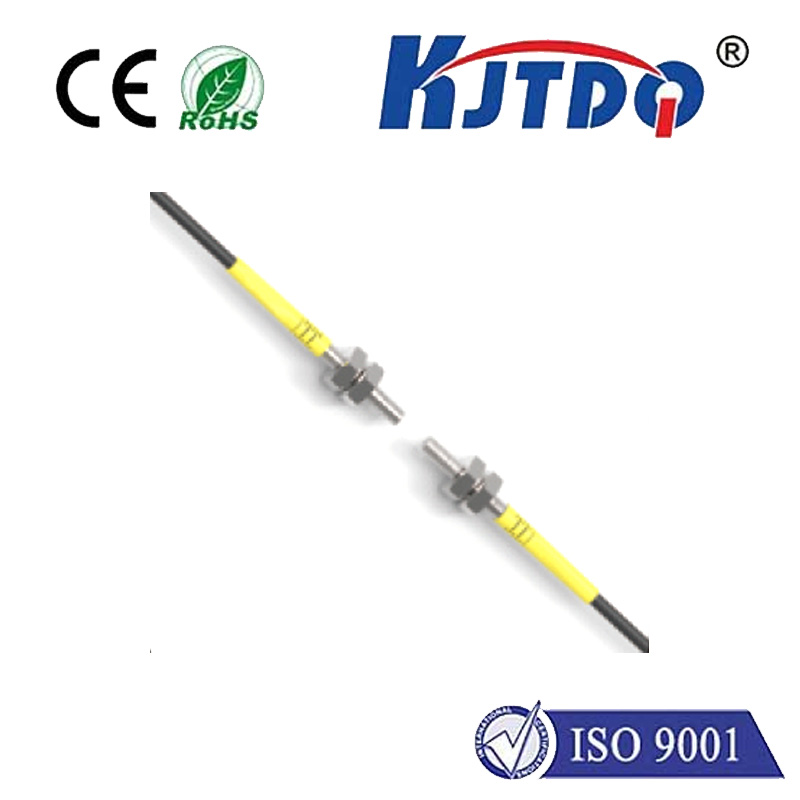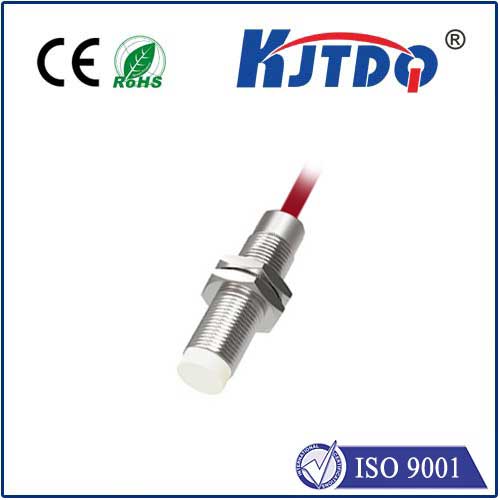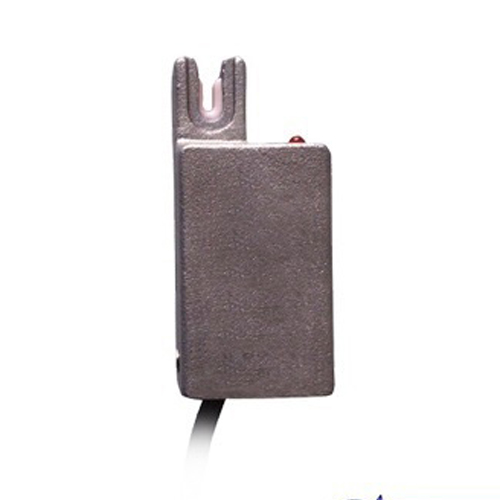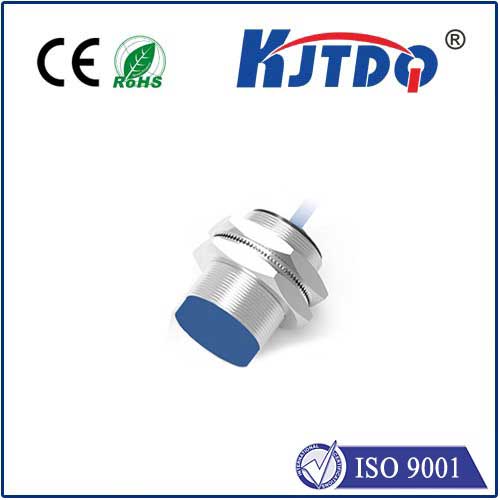proximity sensor 12v dc
- time:2025-06-26 02:33:20
- Click:0
Powering Precision: The Essential Guide to 12V DC Proximity Sensors in Modern Automation
Ever wondered how factory robots avoid collisions, cars detect parking obstacles, or vending machines dispense correctly? Often, the silent hero enabling this precision is the humble proximity sensor, particularly those running on the versatile and safe 12V DC power. Choosing the right sensor and power source is fundamental for system reliability and efficiency. Understanding how these compact marvels operate on this common voltage unlocks smarter, safer automation solutions across countless applications.
Proximity sensors are non-contact electronic devices designed to detect the presence or absence of an object within a specific range without physical interaction. Unlike mechanical switches, they offer wear-free operation, high switching speeds, and resilience in harsh environments. Powering them with 12V DC is exceptionally popular due to its widespread availability, safety advantages over higher voltages (especially in industrial settings), and compatibility with standard control systems, batteries, and power supplies commonly found in vehicles, machinery, and automation panels.
The core magic of a 12V DC proximity sensor lies in its ability to generate an electromagnetic field. There are two primary types dominating the 12V DC landscape:

- Inductive Proximity Sensors: These detect ferrous metal targets (like iron and steel) and sometimes non-ferrous metals at shorter ranges. Inside the sensor’s face, an oscillator coil generates a high-frequency electromagnetic field when powered by 12V DC. When a metal target enters this field, eddy currents are induced within the metal, causing a detectable energy loss within the oscillator circuit. This change is processed by the sensor’s electronics, triggering a solid-state output switch (typically PNP or NPN transistor) to change state, signaling detection.
- Capacitive Proximity Sensors: These detect a much broader range of materials, including metals, plastics, wood, liquids, and powders. They work by generating an electrostatic field between the sensor’s active face (acting as one plate) and a ground plane (often the sensor housing or connected to the system ground). When any material with sufficient dielectric constant enters this field, it alters the capacitance between the electrodes. The sensor circuit, powered by the 12V DC source, detects this capacitance change and activates its output accordingly.
Key Specifications Critical for Selection (Beyond 12V DC):
While the 12V DC operating voltage is a crucial starting point, selecting the right proximity sensor requires understanding several other vital parameters:
- Sensing Distance: The guaranteed detection range specified by the manufacturer for a standard target. Always operate within 80-90% of this nominal distance for reliable operation.
- Output Type: PNP (Sourcing) or NPN (Sinking) transistor outputs are standard for DC sensors. PNP outputs switch the positive (12V+) line, while NPN outputs switch the negative (0V/GND) line. Matching the sensor’s output type to your PLC or controller input is essential. 3-wire configurations (Brown=12V+, Blue=0V/GND, Black=Signal Output) are the most common for 12V DC sensors.
- Output Configuration: Normally Open (NO) or Normally Closed (NC) defines the signal state when no target is present. Choose based on your control logic needs.
- Housing Material & Size: Nickel-plated brass, stainless steel, or PBT plastic housings offer different levels of chemical resistance and mechanical strength for various environments. Size (e.g., cylindrical M8, M12, M18, M30 or rectangular block styles) affects fitting and sensing capabilities.
- Ingress Protection (IP Rating): Critical for durability. Look for IP67 or IP68 ratings for sensors exposed to dust, splashing water, or washdowns common in industrial and automotive settings.
- Switching Frequency: How quickly the sensor can detect passing targets. Measured in Hertz (Hz), important for high-speed applications.
- Target Material: Confirm the sensor type (inductive/capacitive) is suitable for your target material. Inductive sensors are ideal for metals; capacitive sensors offer broader material detection.
Where 12V DC Proximity Sensors Excel: Real-World Applications
The combination of non-contact detection and low-voltage DC power makes these sensors indispensable in diverse sectors:
- Machine Tools & CNC: Positioning tool changers, verifying tool presence, monitoring spindle position, detecting workpieces on fixtures.
- Material Handling & Packaging: Counting bottles/cans on conveyors, detecting presence/absence on filling lines, monitoring pallet lift positions, detecting end-of-travel on linear actuators, jam detection.
- Automotive Manufacturing: Ensuring correct part positioning for welding robots, confirming door/closure status on assembly lines, robotic arm guidance, detecting fluid levels.
- Robotics: End-effector positioning, detecting gripper closure, collision avoidance on mobile platforms, sensing payloads.
- Building Automation: Monitoring door/window positions (security), detecting HVAC damper positions, detecting occupancy for lighting control.
- Vehicles (Mobile Machinery, Automotive): Detecting parking obstacles, monitoring gearbox selector positions, sensing seatbelt buckle status (often using miniature sensors), detecting fluid levels (coolant, oil, washer fluid).
- Food & Beverage: Verifying cap placement on bottles, detecting fill levels in containers (capacitive), sensing product presence on stainless steel conveyors.
Ensuring Flawless Operation with *12V DC Power*
While relatively simple devices, correct installation is paramount for reliability when using 12V DC proximity sensors:
- Power Supply Stability: Ensure the 12V DC power source provides clean, stable power within the sensor’s specified voltage tolerance (often 10-30V DC, but 12V nominal is the target point). Voltage drops over long cable runs can cause malfunctions; use appropriately sized cables.
- Connection Polarity: Triple-check wiring according to the datasheet! Incorrectly connecting the Brown (+), Blue (-/GND), and Black (Output) wires is a common failure point. Reverse polarity protection is common but not universal.
- Solid Grounding: A stable 0V reference (ground) is crucial for sensor accuracy and noise immunity. Ensure a good, low-resistance connection to the system ground via the Blue wire. Shielded cables are highly recommended in electrically noisy environments (e.g., near VFDs, large motors, welding equipment); connect the shield properly at the controller end.
- Load Matching: The sensor’s output transistor has a current and voltage limit. Ensure the connected load (PLC input, relay coil, indicator lamp) falls within these limits. Overloading can destroy the output. Using an interposing relay for high-power loads is standard practice.
- Mounting: Avoid mounting metallic sensors directly against large metal structures unless the datasheet explicitly allows for it (flush or non-flush mounting specs). Incorrect mounting can drastically reduce the effective sensing distance. Ensure the target approaches the sensor face perpendicularly for optimal range.
- Environmental Protection: Choose the appropriate IP rating and housing material for the operating environment (oil, coolant,












